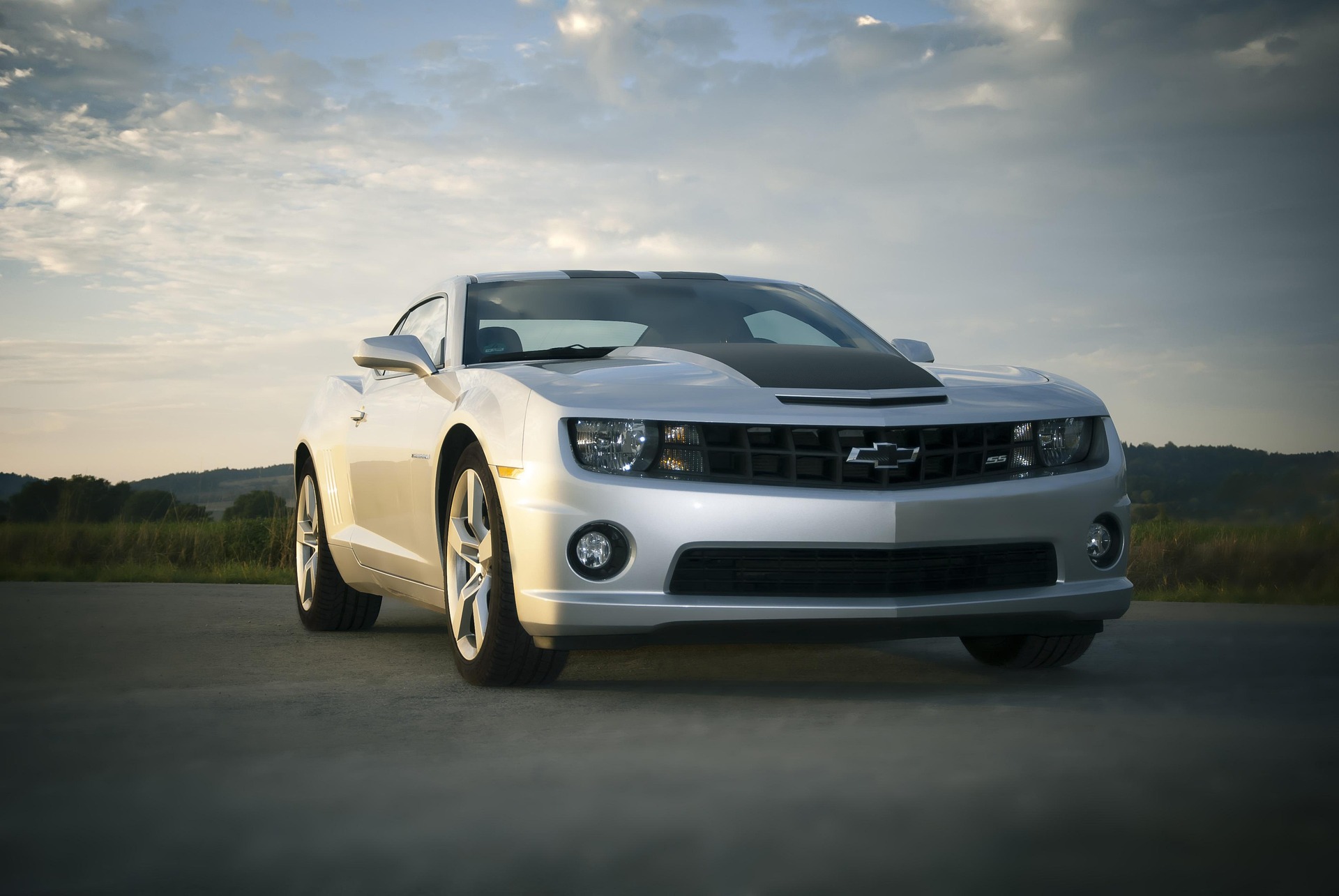Unveiling the Wonders of Dual Clutch Transmissions: A Modern Marvel
The dual clutch transmission (DCT), a marvel of modern automotive engineering, is transforming the driving experience. This innovative technology offers a seamless blend of performance and efficiency, but what exactly is it? Let's delve into the world of DCTs, a topic that's not often covered in depth.

Fascinating Origins and Evolution of Dual Clutch Transmissions
Dual clutch transmissions have a fascinating history that dates back to the early 20th century. Originally developed for use in tanks during World War II, the technology was later adapted for race cars in the 1980s. A dual clutch transmission essentially combines the best of manual and automatic transmissions, providing rapid gear shifts and improved fuel efficiency.
The technological leaps in the development of DCTs are truly remarkable. Early versions were purely mechanical, but today’s DCTs are operated by advanced electronics, delivering precise control and smoother operation. This progression is a testament to the relentless pursuit of automotive innovation.
Current Industry Trends and Insights
In the current automotive landscape, DCTs are gaining popularity. Originally exclusive to high-performance luxury cars, this technology is now being incorporated into more mainstream models. The move towards DCTs is driven by the technology’s superior performance characteristics and its potential for reducing fuel consumption and emissions.
Experts predict that the adoption of DCTs will continue to rise in the coming years. This trend reflects the industry’s ongoing commitment to improving driving dynamics while also addressing environmental concerns.
The Impact of Dual Clutch Transmissions
The impact of DCTs on the automotive industry has been profound. By delivering rapid gear changes and excellent fuel efficiency, they offer significant benefits to drivers. The technology also allows for smoother acceleration, enhancing the overall driving experience.
However, there are challenges associated with DCTs. The technology is complex and can be expensive to repair if problems occur. Additionally, some drivers may find the operation of DCTs to be different from traditional transmissions, requiring a period of adjustment.
Deep Dive: How Dual Clutch Transmissions Work
A DCT essentially consists of two separate gearboxes, each with its own clutch. One gearbox handles the odd-numbered gears, while the other manages the even-numbered gears. This configuration allows the next gear to be pre-selected, enabling rapid gear shifts.
When a gear change is needed, the transmission simply switches from one clutch to the other. This process occurs so quickly and smoothly that the driver doesn’t notice any interruption in power delivery.
The Future of Dual Clutch Transmissions
The future looks bright for DCTs, with automakers continuing to refine and improve this technology. As we move towards a future of increasingly sophisticated vehicles, the dual clutch transmission stands out as a shining example of how innovative engineering can enhance the driving experience.
While the technology may have its challenges, the benefits of DCTs - from improved performance to enhanced fuel efficiency - make them a compelling option for the modern driver. The dual clutch transmission truly is a marvel of automotive engineering, a testament to the industry’s ingenuity and relentless pursuit of progress.




